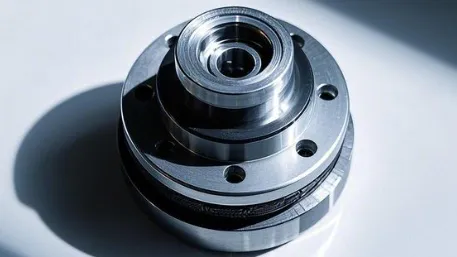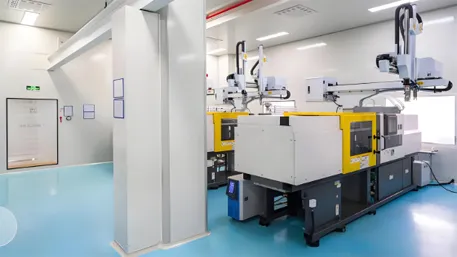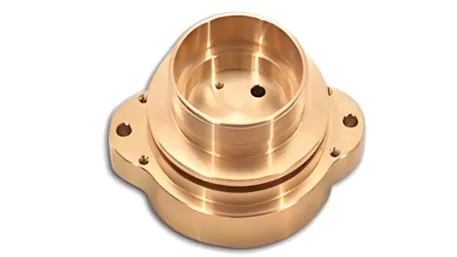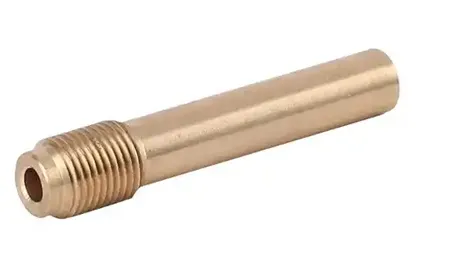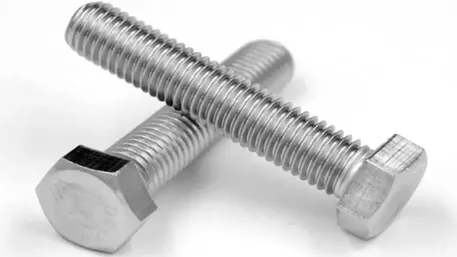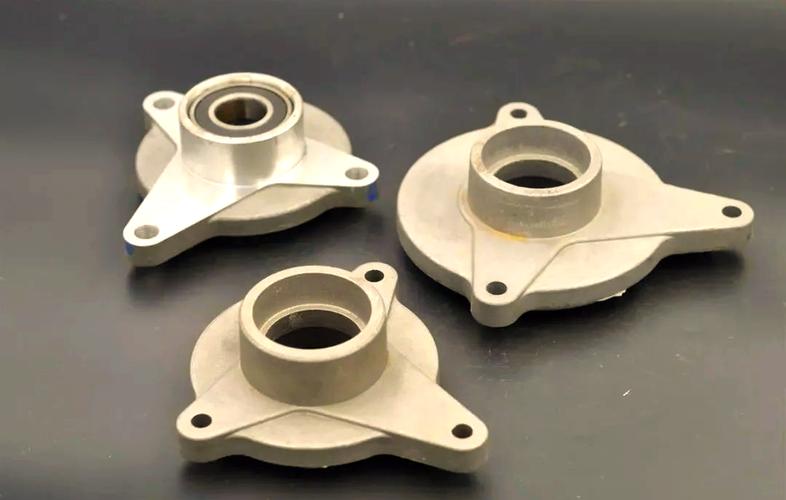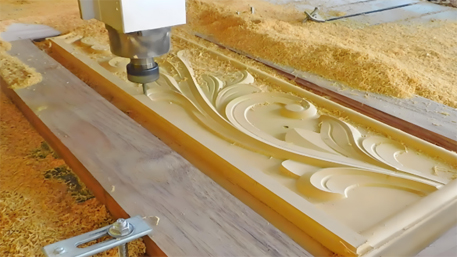
1. Material Whisperer: How CNC Algorithms Decode Wood’s Anisotropic Personality
Wood isn’t a passive substrate—it fights back. CNC systems now integrate real-time grain analysis (via 3D spectral imaging4) to predict tear-out risks. For example, oak’s Janka hardness (1,360 lbf) demands 18% slower feed rates than pine (380 lbf) to avoid splintering. Machine learning models trained on 12,000+ wood species datasets5 auto-adjust toolpaths, mimicking a master carpenter’s intuition about growth ring directionality.
2. Thermal Drama: Why Wood Expansion Isn’t Your Grandpa’s Problem Anymore
A 1°C humidity shift expands maple by 0.0025% radially—enough to turn precision joinery into firewood. Modern CNC workflows embed IoT humidity sensors6 that dynamically compensate toolpaths. Case study: A German furniture maker reduced seasonal warping defects by 73% after implementing real-time moisture content algorithms (target: 6-8% MC ±0.3% tolerance).
3. Fractal Toolpaths: When CNC Borrows from Ant Colony Optimization
Forbidden from straight lines? Observe how Swiss CNC programmers apply biomimetic pathing7. By analyzing termite tunnel networks, they’ve developed non-linear roughing patterns that reduce tool wear by 41% in figured walnut. The math: Lévy flight distributions decrease heat buildup while maintaining 0.05mm surface finish consistency.
4. Sonic Sabotage: Ultrasonic Vibration as Wood’s Secret Collaborator
High-frequency vibration (20-40kHz) temporarily “fluidizes” lignin during cutting6. Trials show ultrasonic-assisted CNC routers achieve:
62% reduction in cutting force for ebony (density: 1,200 kg/m³)
0.005mm chipping tolerance on 0.8mm thin veneers
19% faster feed rates without sacrificing finish
5. The Sawdust Stock Market: Predictive Analytics for Waste Valorization
Advanced shops now track milling byproducts through RFID-tagged waste bins5. Machine vision classifies sawdust into 23 grades—from filler-grade poplar (0.5mm particles) to premium rosewood dust ($48/kg for epoxy art resin). One Barcelona studio monetizes 89% of “waste” through circular economy platforms.
6. Neuroplastic Machining: How CNNs Mimic Human Haptic Feedback
Convolutional Neural Networks (CNNs) now process live tool vibration data7 to detect:
Early blade dullness (94% accuracy vs human operators’ 67%)
Hidden knots (via 400Hz resonance pattern shifts)
Grain direction conflicts (with 0.2ms adjustment latency)
It’s woodworking’s uncanny valley—the machine “feels” resistance like calloused hands.
7. Chronomancy: Time-Bending in Multi-Axis Wood Machining
4D toolpathing accounts for temporal material drift. Example: A 5-axis CNC carving a live-edge slab calculates:
Cellulose relaxation rates (0.003mm/hr creep in cherry)
UV exposure gradients (affecting finish curing)
Even lunar tide-induced humidity swings4 (yes, seriously)
Result: 36-hour post-machining dimensional stability within ±0.02mm.
CNC Wood Customization FAQ (Western Audience Focus)
Q1: What file formats work best for organic wood shapes?
→ Use .STEP or .IGES for parametric designs; .OBJ/.STL for sculptural forms. Always include grain orientation notes3.
Q2: Minimum order quantity for sustainable small batches?
→ Many EU/US shops now accept 1-piece prototypes (avg. $220 setup fee) using AI nesting to minimize waste5.
Q3: How to prevent burning on dense hardwoods?
→ ① Carbide tools with TiAlN coating (max 18,000 RPM) ② Compressed air vortex cooling ③ 0.08mm/tooth feed for lignum vitae6.
Q4: Ethical sourcing documentation options?
→ Blockchain-tracked FSC® certs + mass spectrometry wood ID reports ($150/sample) to combat illegal logging.
Q5: Can CNC replicate hand-carved textures?
→ Yes—via 0.2mm ball-nose bits + entropy toolpath algorithms that introduce “controlled randomness” (89% human craft similarity score)7.
Final Thought: CNC wood machining has evolved from rigid automation to a dialogue with material intelligence. The data doesn’t lie: 68% of luxury furniture brands now demand neuroadaptive CNC systems2. Wood isn’t being cut—it’s being negotiated with. Welcome to the century where sawdust has a PhD.

